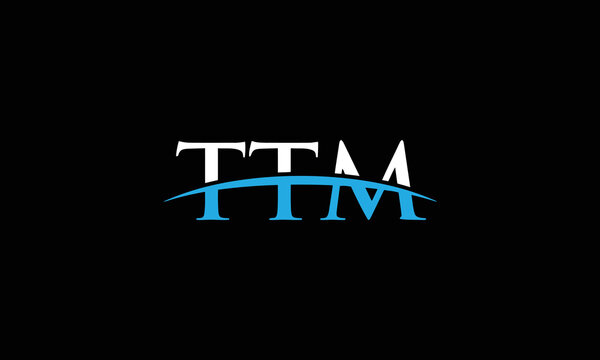The digital world has transformed society in countless ways. Let’s explore some mind-blowing statistics and facts that showcase the growth and impact of the digital landscape.
The internet and world wide web have evolved tremendously since their inception. Here are some fascinating details about the early days:
- The first email containing the “@” symbol was sent in 1971 by Ray Tomlinson to distinguish usernames from domains.
- The world’s first web browser called Mosaic was developed in 1990 by Marc Andreessen’s team at the University of Illinois. It fueled the growth of the web but was later replaced by Netscape and Internet Explorer.
- The first website, WorldWideWeb.info, was launched in 1991 by Tim Berners-Lee, who also created HTML and the HTTP protocol.
- Amazon started in 1994 as an online bookstore and has since grown into the world’s most profitable website, generating over $107 billion in annual revenue.
Social media has become ingrained into everyday life for billions worldwide. The numbers show just how pervasive social platforms have become:
- Facebook reaches over 2.9 billion monthly active users, more than any other platform.
- On average, people spend 144 minutes per day on social media and messaging.
- WhatsApp, Facebook Messenger, Instagram, and Facebook itself each have over 1 billion monthly active users.
- 72% of Americans use some type of social media. YouTube and Facebook are the most popular.
Online shopping has exploded in popularity, with e-commerce sales growing year after year:
- Global retail e-commerce sales reached $5 trillion in 2021, up from $3.35 trillion in 2019.
- E-commerce accounts for over 18% of all US retail sales as of 2021.
- Amazon captured 41% of US e-commerce sales in 2021, while Walmart and eBay trailed behind with just 7% each.
- China is the world’s largest e-commerce market with over $2 trillion in sales. The US ranks second with over $1 trillion.
The internet has become widely accessible globally, but adoption rates vary significantly:
- Sweden has the world’s highest internet penetration at 97% of the population.
- Just under 60% of the world’s population currently uses the internet.
- Internet adoption ranges from under 20% in sub-Saharan Africa to over 80% in North America.
- China has the most internet users at 1 billion, followed by India at over 650 million.
Advancements in AI and automation will fundamentally reshape the job landscape in the coming decades:
- Up to 30% of jobs worldwide could be at high risk of automation by the mid-2030s based on current capabilities.
- AI is projected to contribute over $15 trillion to the global economy by 2030.
- Jobs involving physical labor and routine tasks are more susceptible to automation, while roles requiring creativity and social intelligence are safer.
- Demand for AI skills will rise sharply, with over 20 million AI specialists needed globally by 2030.
Cyber threats have also grown exponentially, with millions of attacks carried out daily:
- There were over 2,100 publicly reported data breaches in 2021 exposing over 23 billion records.
- Cyber crime costs the global economy $6 trillion annually as of 2021, up from $3 trillion in 2015.
- Phishing and ransomware are the most common forms of cyber attack. Ransomware payments reached nearly $600 million globally in 2021.
- Using strong passwords, multi-factor authentication, antivirus software, and encrypted data can help mitigate risks.
The digital ad market has likewise boomed, surpassing traditional channels:
- Digital ad spending reached $491 billion worldwide in 2021 and makes up 64% of total media ad spending globally.
- Google, Facebook, Amazon, and Alibaba accounted for over 75% of global ad revenue in 2021.
- In the US, digital ads accounted for 57% of total media ad spending in 2021, compared to just 29% in 2016.
Online gaming and streaming media have also gained popularity:
- There were nearly 3 billion gamers worldwide in 2021, up from 2.2 billion in 2016.
- Twitch and YouTube Gaming are the most popular game streaming platforms with over 30 million daily users combined.
- Esports viewership will likely surpass 550 million people globally by 2024.
Generational divides are apparent in digital adoption:
- Almost all adults under 50 in the US (96%) use social media versus 69% for those 50-64 and 44% for those 65+.
- On average Gen Z spends over 7 hours daily on screens for entertainment compared to Boomers’ 5 hours.
- Millennials use an average of 8 different social media platforms while Boomers use 5 on average.
The digital world has transformed society in countless ways. These statistics and facts only scratch the surface, but help highlight the depth and breadth of technological change and its monumental global impact. As the digital landscape continues evolving rapidly, it will be fascinating to see what new facts and figures emerge.











